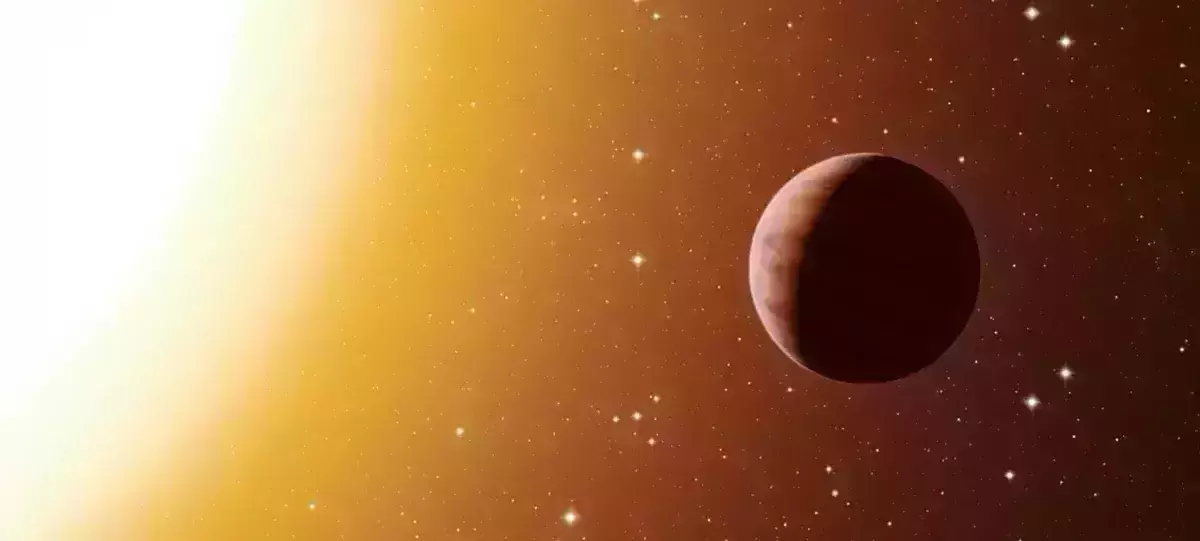
Indian scientists discover exoplanet 1.4 times bigger than Jupiter
text_fieldsRepresentative image only
The exoplanet search and study group at the Ahmedabad-based Physical Research Laboratory (PRL), has discovered a new exoplanet that is bigger than Jupiter - the largest planet in our solar system.
Exoplanets are planetary bodies that are outside our solar system and they usually orbit a star.
The study group led by Professor Abhijit Chakraborty discovered the exoplanet orbiting too close to an evolved or ageing star with a mass of 1.5 times that of the Sun and located 725 light-years away, according to the Indian Space Research Organisation.
PRL's Advanced Radial-velocity Abu-sky Search (PARAS) spectrograph was used to make the discovery, which is a first-of-its-kind device in India. The telescope is situated at the Mount Abu observatory.
The exoplanet is 1.4 times the size of Jupiter and it is orbiting unusually close to a star, completing one orbit in just 3.2 Earth days. Despite being bigger than Jupiter, its mass is 70% that of the solar system's largest planet.
The distance between the newly discovered exoplanet and its star is nearly one-tenth the distance between the Sun and Mercury.
Due to the proximity of the exoplanet to its star, it is extremely hot with surface temperatures reaching up to 2,000 degrees Kelvin (1726.85 degrees Celsius) and an inflated radius with very low density.
Planetary bodies with these features are often referred to as "hot Jupiters". There are eight such exoplanets known to us, according to a pre-print version of the research paper on arXiv. The paper has been published in the refereed journal Monthly Notices of the Royal Astronomical Society.
"The detection of such systems will contribute to our understanding of mechanisms responsible for inflation in hot Jupiters and also provide an opportunity to understand the evolution of planets around stars," the paper says.
The measurements were carried out between December 2020 and March 2021. Further follow-up measurements were also obtained from Germany's TCES spectrograph in April this year, and also from independent photometric observations from a 43cm telescope at Mt. Abu.
The star around which the planet is orbiting is referred to as HD 82139 or TOI 1789. The newly found exoplanet will be called HD 82139b or TOI 1789b.























